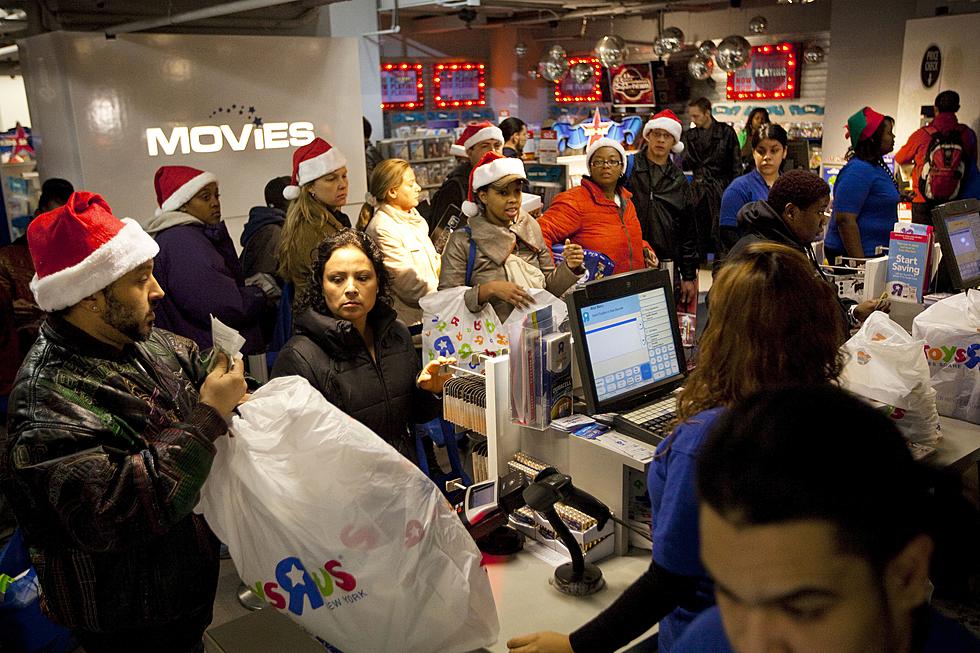
Retail Sales Rose a Scant 0.1 Percent in April
U.S. retail sales growth slowed in April, with consumers shopping less online and cutting back on purchases of furniture and electronics.
The Commerce Department said Tuesday that seasonally adjusted retail sales rose just 0.1 percent last month, after surging 1.5 percent in March following a harsh winter that had curtailed shopping.
Several economists said the April figures might have been depressed because of seasonal adjustments connected to a later than usual Easter. Still, the modest sales suggest that consumers may remain cautious during the still-slow economic recovery. Higher sales would help drive faster growth because consumers account for about 70 percent of the economy.
Auto sales increased 0.6 percent in April, and purchases at clothing stores were up 1.2 percent. But most of those gains were offset by declines in spending at restaurants, online retailers and furniture and electronics stores. Excluding autos and gasoline, retail sales fell 0.1 percent last month.
Wages have not budged much during the recovery, and growth has struggled to eclipse 3 percent, the average annual gain after World War II.
The Commerce Department previously reported that the economy grew just 0.1 percent in the January-March quarter. That figure could slip into negative territory as the government revises it, according to several economists.
But the brutal winter depressed the economy during the first quarter, and economic indicators since then have pointed to stronger growth in the current April-June quarter. Many economists are looking for a rebound to an annual growth rate of around 3 percent in the current quarter and similarly solid readings for the rest of the year.
Hiring has been strong for the past three months. Employers added 288,000 jobs in April, after gains of more than 200,000 in the previous two months. Average wages were flat in April, although each new job is providing another paycheck to be spent.
"At the end of the day, it is all about one's job, and job security," Jennifer Lee, a senior economist at BMO Capital Markets, said in a research note. "A job is a job and that will help determine the ability for one to consume. And the U.S. labor market is improving steadily, which will support consumer spending."
The unusually late Easter might have caused some sales in April to be shifted into March because of seasonal adjustments. That would indicate that consumer demand is stronger than suggested by April's retail sales report.
"History shows clearly that the seasonal adjustments can't cope with very late Easters, which tend to boost reported March sales at the expense of April," said Ian Shepherdson, chief economist at Pantheon Macroeconomics.
The economy's slow but steady improvement has led the Federal Reserve to trim its monthly bond purchases. The Fed is buying $45 billion of bonds each month, down from $85 billion. The purchases were intended to reduce long-term interest rates in order to stimulate borrowing, spending and growth. But with the economy gaining strength, Fed officials believe that type of support is no longer needed.
More From New Jersey 101.5 FM








